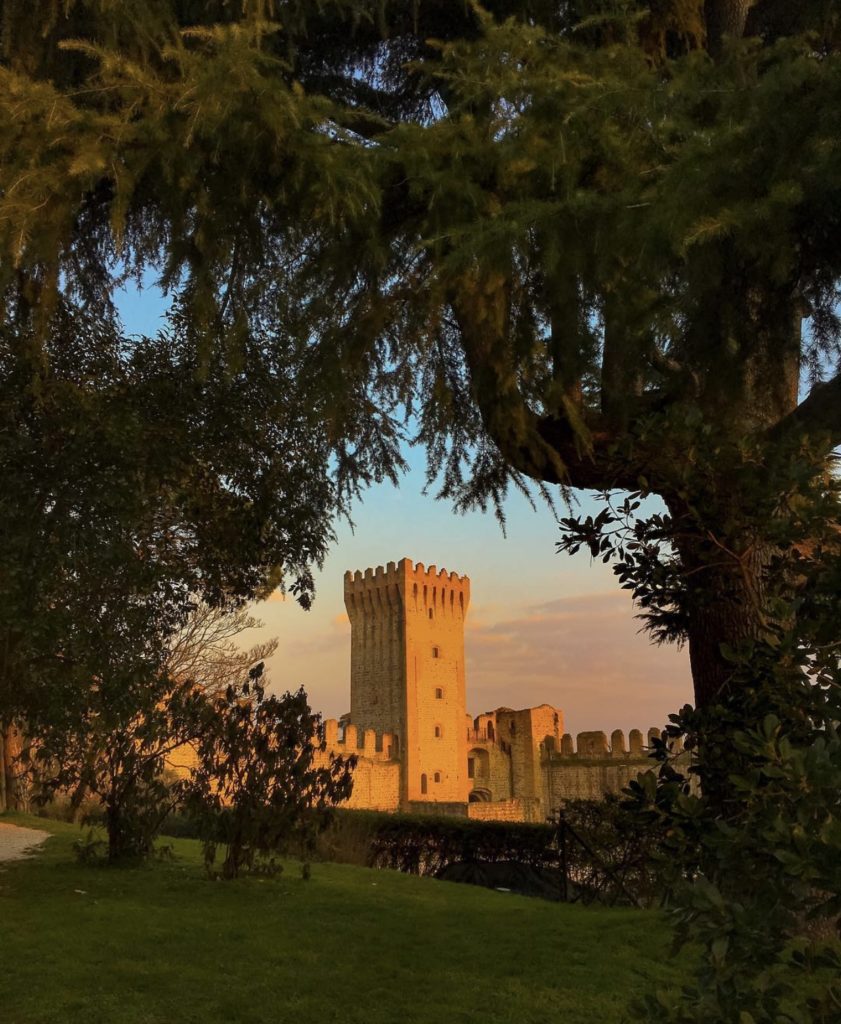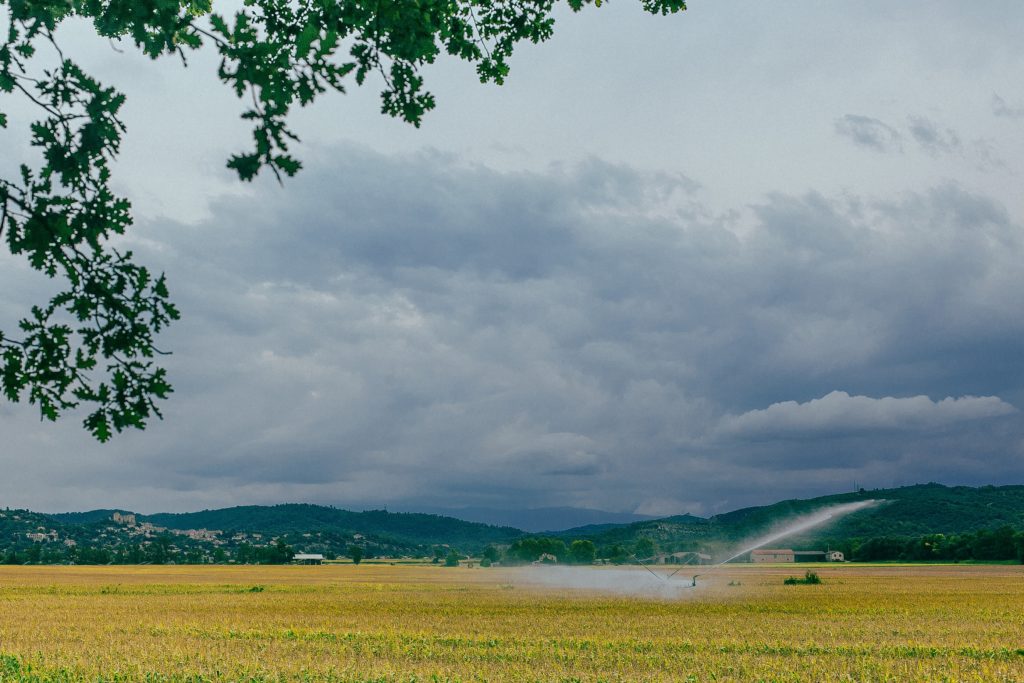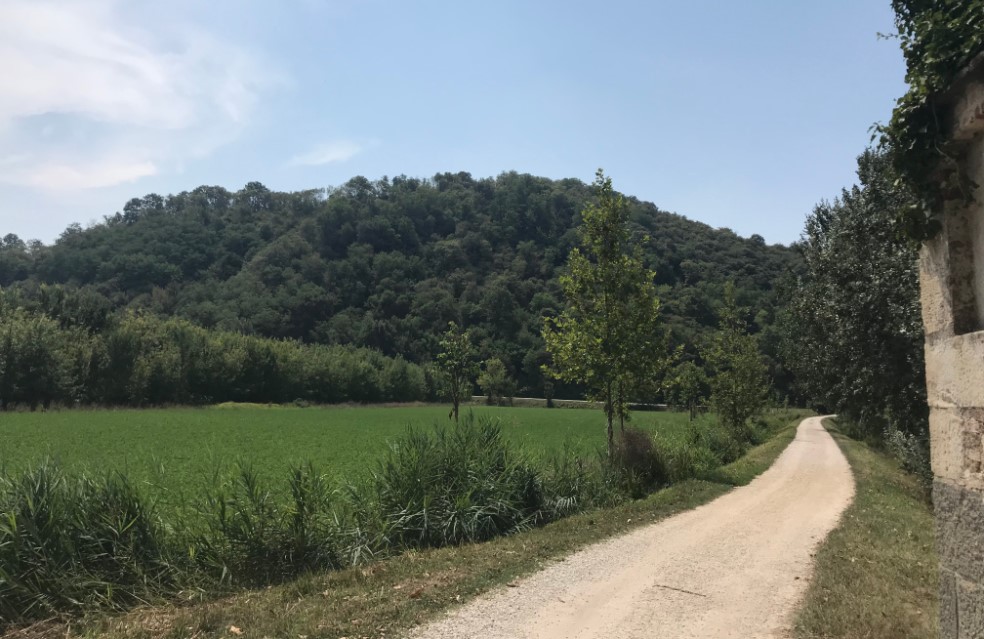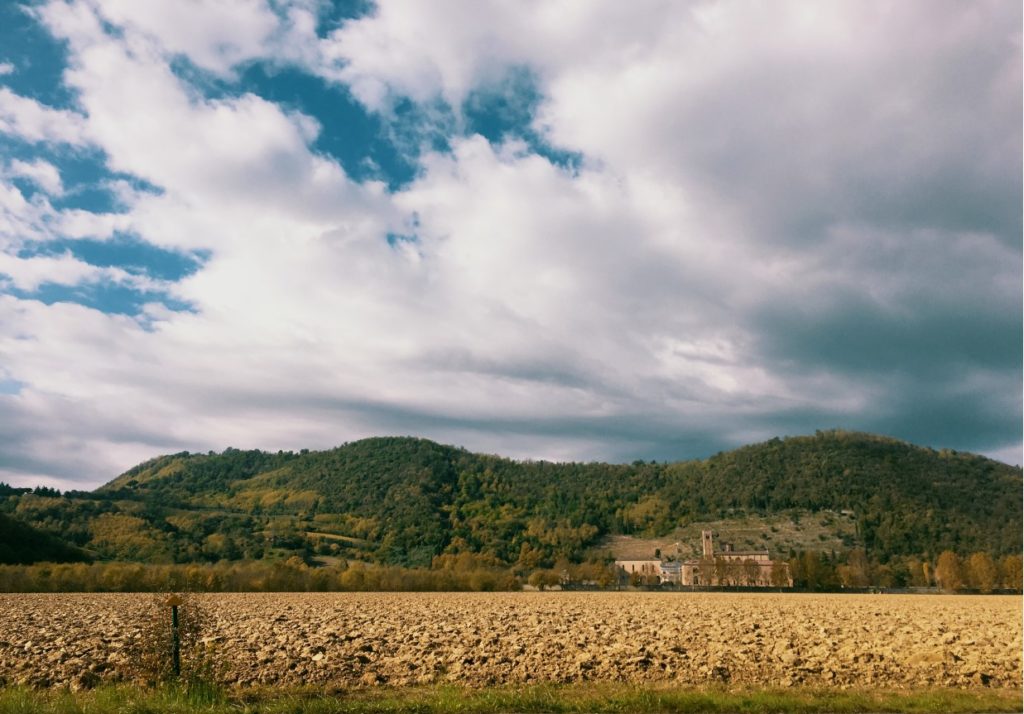Undiscovered beauties in the Euganean Hills
The travel world knows this area mainly for its millenary spas and accommodation facilities, but very few know its hidden and forgotten locations such as Palazzo della Costa or Villa Draghi and also its historical magnificent places.
The territory of the Euganean Hills is not officially recognized as a World Heritage Site this is by far something incomprehensible because of its universal beauty and historical relevance which attracts everyone in the world on an annual basis.
The territory of the Euganean Hills is not officially recognized as a World Heritage Site this is by far something incomprehensible because of its universal beauty and historical relevance which attracts everyone in the world on an annual basis.

Whatever transport you’d decide, a bicycle or one of our amazing mercedes minivan, you may admire places with a unique atmosphere , with the help of your personal tour guide, have a nice stop in one of the many typical restaurants in the area. Don’t forget to taste some of their DOC and DOP wines.

Along the road that connects Rovolon to Bastia, on the "la Costa" hill, you can admire the fifteenth-century Villa Ottavia (named after one of its owners), the so-called "Palazzo della Costa" because of the location, a rather large building, with a portico on the ground floor, an upper loggia on which there are five round arches and a dovecote, purchased in I441 by the monks of the monastery of Santa Giustina in Padua as the residence of a monk rector to establish the administrative headquarters of one of their courts, the "Corte di Vegrolongo", later confiscated in the Napoleonic era.
By "court" the Benedictine system meant the most important building in its territorial subdivision: each gastaldia, in fact, had its own courtyard which included the church, the steward's house, the stables and the bottom of a large cellar. Given the splendid position, the Benedictines also assigned this place as a hospice for elderly monks operating in the city and as a holiday home.
Bishop Gregorio Barbarigo would have stayed here during his pastoral visits to Bastia and Rovolon and will surely have admired the enchanting hilly landscape from the splendid Renaissance loggia overlooking the west side of the building.
By "court" the Benedictine system meant the most important building in its territorial subdivision: each gastaldia, in fact, had its own courtyard which included the church, the steward's house, the stables and the bottom of a large cellar. Given the splendid position, the Benedictines also assigned this place as a hospice for elderly monks operating in the city and as a holiday home.
Bishop Gregorio Barbarigo would have stayed here during his pastoral visits to Bastia and Rovolon and will surely have admired the enchanting hilly landscape from the splendid Renaissance loggia overlooking the west side of the building.

Life in the monastery
Praglia Abbey
"Monk is the one who looks only to God, desires only God, dedicates himself only to God, chooses to serve only God and, living in peace with God, becomes the author of peace for others"
(Theodore Studita)
"Everyone in the community should keep the place due to him according to the date of his entry or the exemplarity of his conduct or the will of the abbot. ... So the monks succeed each other in the kiss of peace and in communion, in intoning the psalms and in the places in the choir, according to the order established by the abbot or due to them. And on no occasion does age constitute a distinctive or prejudicial criterion for establishing places, because Samuel and Daniel, when they were still children, judged the elderly. " (RB, 63)
"Monk is the one who looks only to God, desires only God, dedicates himself only to God, chooses to serve only God and, living in peace with God, becomes the author of peace for others"
(Theodore Studita)
"Everyone in the community should keep the place due to him according to the date of his entry or the exemplarity of his conduct or the will of the abbot. ... So the monks succeed each other in the kiss of peace and in communion, in intoning the psalms and in the places in the choir, according to the order established by the abbot or due to them. And on no occasion does age constitute a distinctive or prejudicial criterion for establishing places, because Samuel and Daniel, when they were still children, judged the elderly. " (RB, 63)

The Praglia Abbey is located at the foot of the Euganean hills, about 12 kilometers from Padua, along the ancient road that led to Este. Founded between the 11th and 12th centuries, it remained a dependency of the Abbey of S. Benedetto in Polirone in Mantua until 1304. Only at the beginning of the 14th century did the community of Praglia, rooted more firmly in the Paduan territory, fully autonomous by electing an abbot chosen from among the ranks of its monks. In 1448 Praglia joined the Reform of Santa Giustina of Padua, a choice that sanctioned his spiritual, cultural and material "second birth".
The Abbey experienced a flourishing period in the following centuries, up to the Napoleonic suppression of 1810. In 1834, thanks to the support of the Austrian government, the monks returned to the monastery.
The resumption of Benedictine life in Praglia, however, was short-lived since on 4 June 1867 the law was passed in Veneto which again suppressed all religious corporations.
The community was thus dissolved a second time. Most of it found refuge in the monastery of Daila (Istria), then in Austrian territory and in Praglia only two or three monks remained, as custodians of the monastery.
On April 26, 1904, the first two monks returned to the monastery and on the following October 23 the life of the Abbey was able to resume regularly, continuing to this day.
The Abbey experienced a flourishing period in the following centuries, up to the Napoleonic suppression of 1810. In 1834, thanks to the support of the Austrian government, the monks returned to the monastery.
The resumption of Benedictine life in Praglia, however, was short-lived since on 4 June 1867 the law was passed in Veneto which again suppressed all religious corporations.
The community was thus dissolved a second time. Most of it found refuge in the monastery of Daila (Istria), then in Austrian territory and in Praglia only two or three monks remained, as custodians of the monastery.
On April 26, 1904, the first two monks returned to the monastery and on the following October 23 the life of the Abbey was able to resume regularly, continuing to this day.
